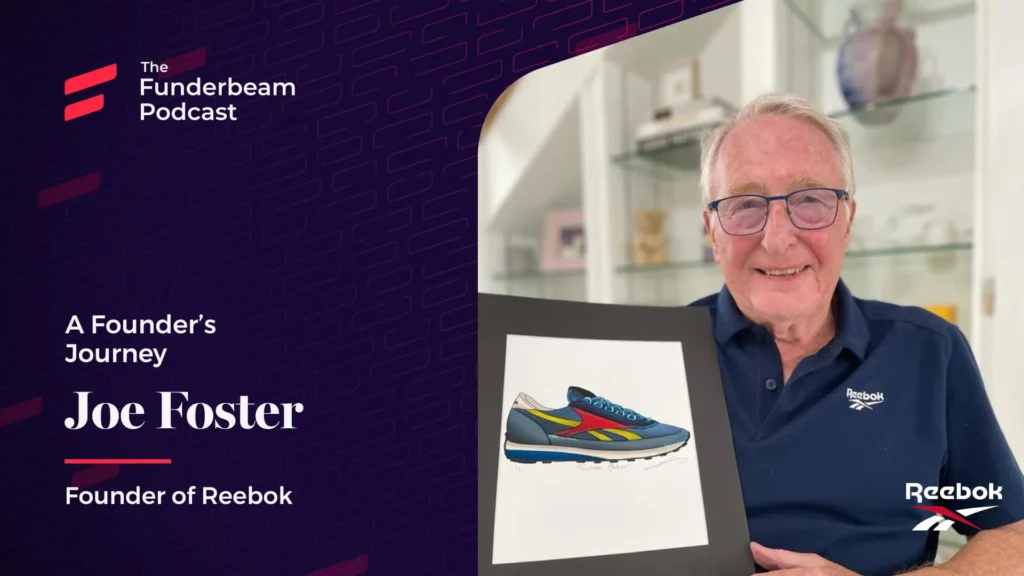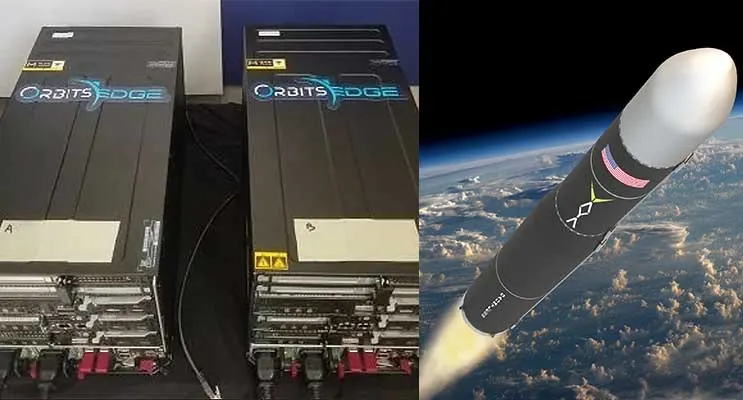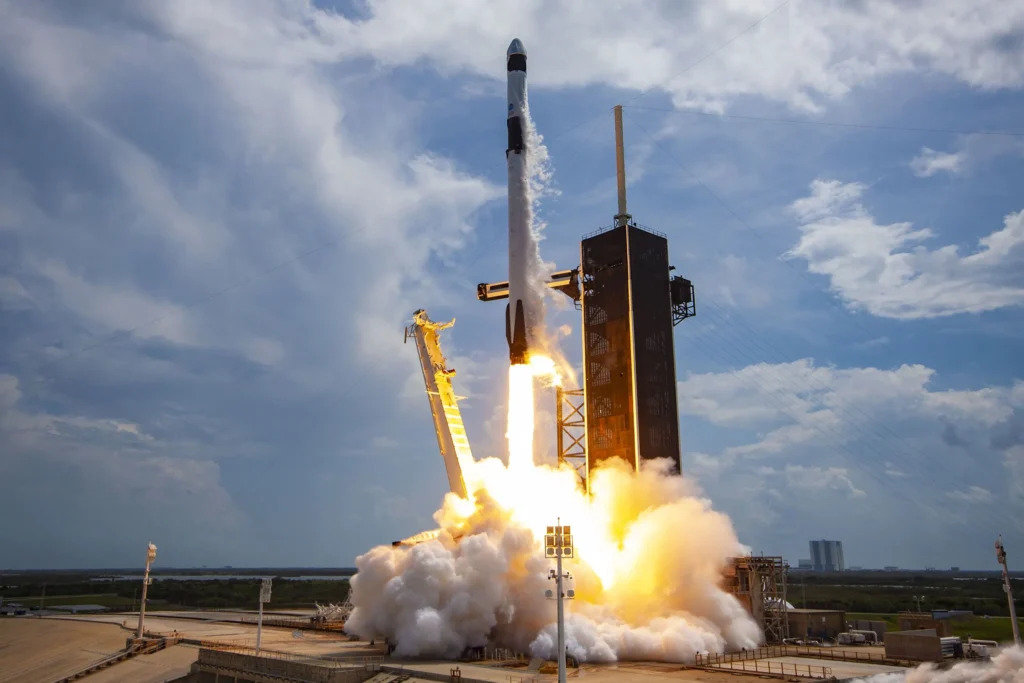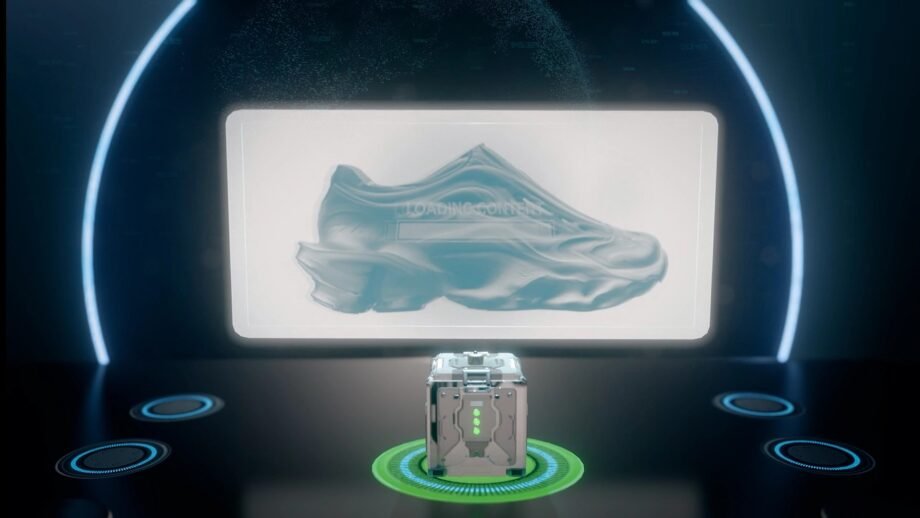Introduction – “White Space” Meets Outer Space
Designing a sneaker in micro‑gravity sounds like pure hype, yet Florida startup Syntilay has booked a 2026 mission to do exactly that. Their secret weapon? Joe Foster, the 90‑year‑old co‑founder of Reebok, who calls the project the ultimate “white‑space” play. In this article I break down who’s involved, how it works, why it matters, and whether it’s genius or gimmick. Spoiler: it’s a little of both.
Joe Foster: From Track Spikes to Rocket Pads

- Reebok roots (1958): Foster built a global brand by spotting neglected niches he dubbed “white space.”
- New role: senior adviser at Syntilay, guiding brand story and limited‑edition strategy.
- Signature quote: “What better white space than actual space?”
- Why it matters: Foster’s name gives investors, media, and collectors a clear reason to care.
Mission Timeline – How a Sneaker Gets Made in Orbit
| Step | Target Date | Partner | What Happens |
|---|---|---|---|
| AI payload integration | Q4 2025 | OrbitsEdge | Edge1 computer loaded with Syntilay’s generative‑AI design agent |
| Falcon 9 launch | Early 2026 | SpaceX | Satellite rideshare to low‑Earth orbit (~500 km) |
| In‑orbit design run | Mid‑2026 | Syntilay AI | Generates a 3D sneaker blueprint (fallback: 2D concept) |
| Drop date | Late Q2 – Sept 2026 | Zellerfeld | 3D‑printed, custom‑fit pairs ≈ $200, limited to < 1 000 units |
Collector’s note: every pair will be tokenized on the Copernic Space blockchain for proof of origin and resale value.
Inside the Tech Stack
- Edge1 computer – lunch‑box‑sized, under 2 kg, 10 W draw, ~5 TOPS; radiation‑hardened to run AI in orbit.
- Generative AI – Syntilay’s custom model already used on Earth; zero‑G run is a world first.
- Blockchain tokens (NFTs) – Copernic Space issues one per pair, enabling crowdfunding now and secondary‑market trading later.

Reality check: Even the partners admit there’s no functional need for zero‑G shoe design—the real value lies in the storytelling and the proof that heavy AI workloads can run off‑planet.
Marketing Stunt or Real Innovation?
The Upside
- World‑first headline → massive earned media and instant brand differentiation.
- Greener compute angle: solar‑powered edge processing could migrate energy‑hungry AI off Earth.
- Crowd‑funded space: tokenized ownership widens the investor pool for future missions.
The Skepticism
- Rocket launches aren’t carbon‑free; the supply chain still has a footprint.
- One launch glitch and the whole collection vaporizes.
- Many buyers may hear “gimmick” long before they hear “innovation.”

Ripple Effects to Watch
| Sector | Potential Impact | Why It Matters |
|---|---|---|
| Sneakers | Expect Nike, Adidas & co. to test their own orbital collabs. | The bar for experiential drops keeps rising. |
| Space tech | Validates edge‑compute revenue streams; accelerates in‑orbit data centers. | Demonstration projects like this open new B2B markets. |
| Retail investors | Tokenized missions create a consumer‑grade space asset class. | Lowers the barrier to “owning” a slice of space. |
| Public engagement | A sneaker you can wear > a science paper you never read. | Pop‑culture gateway to space economics. |
My Take: Why Cosmic Kicks Are Still Worth Watching
This project walks a tightrope between moon‑shot and marketing fluff. Yet splashy stunts often seed real progress. Even if the debut “cosmic kicks” end up more trophy than trainer, they legitimize three frontier ideas at once:
- Off‑Earth design workflows can happen today, not in 2050.
- In‑space edge computing could offload energy‑hungry AI from terrestrial grids.
- Tokenized commerce might bankroll the next wave of private missions.
Worst‑case scenario: cool story, quick sell‑out, fade away. Best‑case: it lights a fuse under space manufacturing and makes orbital AI a household phrase. Either way, I’m grabbing popcorn—and maybe a pair if the raffle gods cooperate.
FAQ
Joe Foster is the co‑founder of Reebok, established in 1958. Now 90 years old, he has joined Syntilay as a senior adviser, lending brand expertise and public credibility to the company’s plan to design the first sneaker in space.
Syntilay aims to release its limited‑edition, space‑designed sneakers between late Q2 and September 2026, after the company’s AI completes the design run in low‑Earth orbit and Zellerfeld 3‑D‑prints the custom‑fit pairs on Earth.
Beyond the headline‑grabbing marketing impact, the project demonstrates in‑space edge computing and 3D printing workflows. These advances could lead to faster prototyping, greener off‑planet AI processing, and entirely new consumer experiences that blend aerospace technology with everyday products.
Sources
- Orbital Today: “Reebok Co‑founder Backs Plan to Design Shoes in Outer Space” – 27 Jun 2025
https://orbitaltoday.com/2025/06/27/reebok-co-founder-backs-plan-to-design-shoes-in-outer-space/ - Space.com: “Off‑Earth Footprint: Florida Company Will Design Shoe in Space in 2026” – 27 Jun 2025
- NDTV: “US Footwear Startup Backed by Reebok Co‑Founder to Design Shoes in Space” – 28 Jun 2025
- Payload: “OrbitsEdge’s First Mission to Space Is a Shoe‑In” – 27 Jun 2025
- Statista: Global Sneaker Market Size 2025 (accessed 28 Jun 2025)
- Allied Market Research: Edge Computing in Space – Market Outlook 2030 (accessed 28 Jun 2025)




